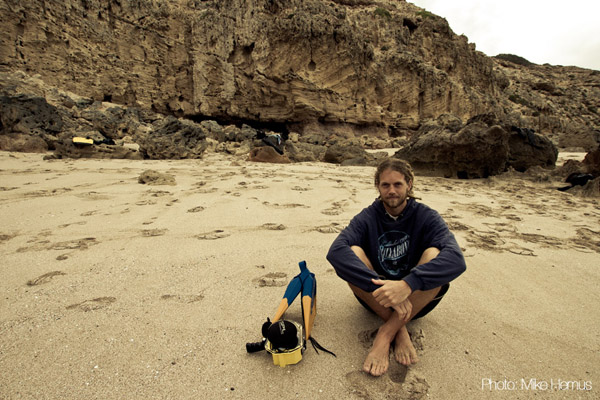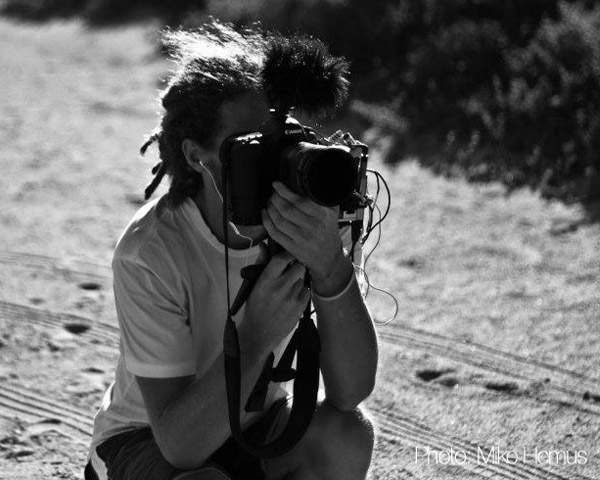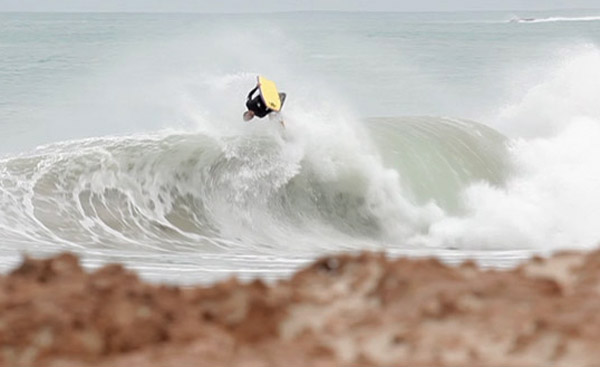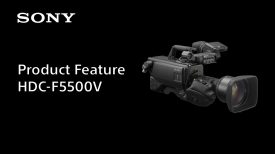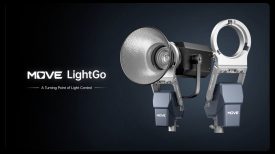Guest post by Mark Tipple:
Ocean : West Away from Mark Tipple on Vimeo.
The idea behind West Away:
A number of years ago I used to meet up with my friends Mike and Luke in various remote parts of the country to spend a week surfing, camping in the dirt and telling stories; then part ways with plans to meet for the next swell or favorable wind pattern. As the years passed I left that lifestyle behind but for some time now I have been itching to get back into it. As I enter my thirties I still have the drive to search and explore – I wanted to discover what motivates me to do this.
So last year we reunited for a week and drove more than 6,000 kilometres. On the way we found some super fun waves and explored places we had previously researched on the map but had never reached before. We left knowing that December isn’t the best time for waves out there, but hoping the swell and wind would align and make the effort worthwhile.
‘West Away’ is a short about the passion behind the endless kilometres travelled to the places we want to explore, which I hope will resound with people who either live that lifestyle or, like me, can relate to the effort we used to go to just to get a few waves.
Shooting West Away:
I was somewhat of a newcomer to the Canon 5D mkII for filming. In late 2009 I was working on a shoot for a shark diving film where we were looking at HDSLRs to put in an underwater housing – helping us get physically closer to the sharks than our housed Sony EX-3 camcorders could. I ended up choosing the Canon 7D to utilize its 60P function. I had been looking at and using the 5D mkII and loved the image, but the 60P mode on the 7D outweighed this and 8fps for stills meant it was a very practical cam for underwater and sports.
Since filming Shark Diver I’ve used the 7D primarily for stills, with a bit of filming in-between for other projects. I’d used a friend’s 5D mkII sporadically for photo assignments, but it was always as a backup to my regular 1DS mkII, my workhorse for above-water stills shooting.
Then I used the 5D mkII on a short film in the middle of last year and was surprised at the difference in quality from the 7D. After some number juggling I decided to make the switch from the 1DsII to the 5D mkII for everything above water.
When I was planning for ‘West Away’ I spent some time thinking about camera format and each logistical challenge, as well as the actual feel I wanted to convey to the audience. Did I want to shoot everything at 60p to have the option of slow motion, or did I want the realism of 25p even though it’s not as smooth as 60p? Would the 5D mkII full frame sensor cause more problems than it was worth or would the 7D 1.6x crop work better for the style I wanted?
I knew we’d be bouncing over dirt roads and scaling down cliffs for most of the trip, and with sand, dust and salt spray I wondered if something like the Sony EX-1 would be better than a DSLR (inbuilt neutral density filters and sound recording options would be appreciated and would avoid accessories dangling off the side of a DSLR). But I knew the water footage would be on the housed 7D, so I settled on the 5D mkII for the land footage as I had previous experience of switching between formats on my previous Shark Diver filming – I wasn’t keen to repeat this again.
I wanted the viewer to feel as if they were in the car and on the cliffs journeying with Mike and Luke. I planned to shoot the exploration mostly handheld – but use tripod for locked off shots and smooth pans for the land-based surfing footage.
The format I wanted was footage of searching and surfing, overlaid with them talking about the trip and why they choose to take a path less travelled. I’d get this narration from a sit down interview. I also wanted to let the surfing footage run longer than just the start and finish of the wave, to give a better sense of the whole experience. This alone would be different to what’s been done before in the surf scene, and would let us see their reaction to a failed move or a blown barrel.
This all seemed like a good idea until the fifth hour ticked over on a 38 degree windswept beach, hiding under a towel to swap cards and digging my buried backpack out of the piled-up sand.
At times when we were running over sand dunes I knew that the footage I was shooting would be shaky and possibly not even usable; but since the trip was all about exploration and the journey I’d be able to reference this in the sit down interview. Later in the edit I was surprised at how the shaky footage fitted and helped bring the viewer along for the ride.
In the middle of the trip we were bunked down in the dirt for a few days, miles from town for a few days. I was thankful that at the start of the trip I had completely overstocked with six 32GB memory cards and eight batteries – a few days of surfing and exploring took up most of my available storage. I also had a small HyperDrive Colorspace with me for emergency backup. After the third day of camping we packed up and drove 90 minutes to a pub for a well deserved meal and data transfer. While eating and downloading footage I got online through my tethered iPhone – we found the live stream of the Fronton surfing competition in the Canary Islands which gave us a mid-trip amp. We must have confused the heck out of the local farmers looking at three punk kids with computers, cords and cables running everywhere.
I chose the kit Canon 24-105mm f4L lens for the shots of us searching. I’m not usually the biggest fan of an f4 aperture lens but the image stabilizer was a godsend for hours of handheld shooting whilst running over sharp rocks. I also brought the Canon 100-400mm along for the land surfing footage.
Traditional surf photography that’s shot straight ahead, closely cropped on the wave and surfer, has never really interested me. When we found a beach with rock protrusions and steep cliffs in the background I was stoked to put something in the foreground and utilize wider apertures. It also meant I could sit in the sand and take the pressure off my old weary back. ND faders were on each lens at all times; however, I found wide open on the 100-400mm the image wasn’t exactly sharp and had to stop the lens down instead.
I didn’t want the added bulk of a shoulder rig, but also didn’t want to shoot handheld. I looked at the Zacuto Target Shooter and other similar rigs. I eventually went with a DIY rig made of a cut-down curtain rod and two umbrella flash swivel brackets for chest support and a point of contact on the face with an LCDVF loupe. It worked, but I kicked myself on the first day as the way I’d attached the wireless lav receiver and Zoom recorder to the rig – with cable ties – fell apart.
Luckily, the format I wanted would rely heavily on the interviews to provide the dialogue for the film, and so I felt comfortable not worrying too much about the location sound. The on-board shotgun mic feeding camera audio would be fine. I didn’t end up using any of the location sound anyway.
We used both cameras for the interview; as an afterthought I asked Mike and Luke to use the 7D to shoot each other handheld for another angle to cut to from the locked off 5D mkII. In post I found the handheld style fit better with the cutaways for brief talking sync. In hindsight I wish we had used the 5D mkII for this as well – it would have made grading a little easier.
In the water I used a small SPL underwater housing and Tokina 10-17mm fisheye lens on the 7D shooting at 720/60p.
Style is subjective, but this is one that I’m drawn to and chose for the purpose of bringing the viewer along for the ride. It is also a style that is drawn from my photography background, the difference being that the final product is a 10 second clip vs a single frame.
Mark Tipple has emerged as a notable documentary photographer over the past 3 years.
As the principal photographer of The Underwater Project, an ongoing reportage showcasing Australia’s relationship with the ocean, he aims to bring light to stories traditional media shies away from.
Mark’s clients include Edify, The Salvation Army, World Vision, Christian Surfers, House With No Steps, Planet Ocean, Beyond Water, The Guarani Project, and 100Revs. His work has been seen in or on The Australian, The Telegraph, The BBC, G1.com, The Independent, National Geographic and Discovery Channel.

